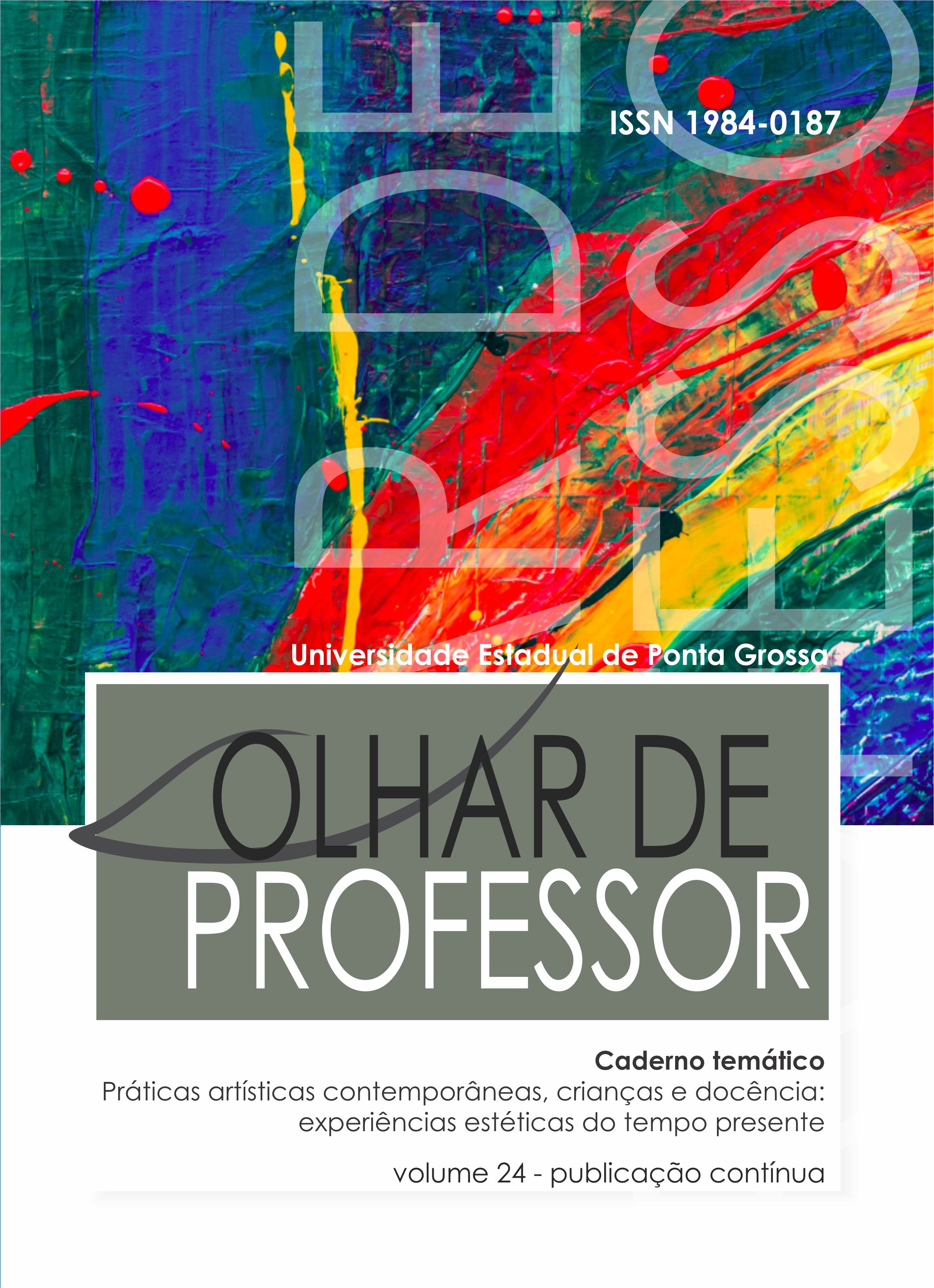Dibujo y creatividad en la infancia. Los talleres de dibujo de “Escola Imaxinada”
Contenido principal del artículo
Resumen
La práctica del dibujo en la escuela es el reflejo de un contexto en el que la educación artística no interesa socialmente y no es promovida por las instituciones lo que repercute en la escasa formación del profesorado en el área. En este artículo analizamos en primer lugar dos visiones del dibujo fuertemente arraigas en el contexto escolar que inhiben la creatividad: el «dibujo de copia» y el «dibujo libre». A continuación, mostramos una serie de talleres de dibujo llevados a cabo con niños y niñas de infantil resultado de nuestra investigación artística y educativa como artistas y profesores en una facultad de profesorado. Estos talleres están basados en los procesos creativos propios de las artes y parten del dibujo como una acción de exploración que permite relacionarnos con el mundo que nos rodea. Todos ellos comparten una serie de características: a) incidir en la idea de proceso, es decir, descubrir formas de hacer abiertas que no buscan un único resultado; b) experimentar con diferentes materiales, técnicas y lenguajes artísticos; c) favorecer la creación de un imaginario y estilo personal apartándose de respuestas estereotipadas y convencionales; d) y educar el sentido estético
Descargas
Detalles del artículo
Citas
ATKINSON, D. Art in education: Identity and practice. Dordrecht: Kluwer Academic Publishers, 2002.
BLANCO, V.; CIDRÁS, S. Educar a través da arte. Cara a unha escola imaxinada. Pontevedra: Kalandraka, 2019.
BLANCO, V.; CIDRÁS, S. Dibujar el mundo. Jugar crear compartir. Barcelona: Octaedro, 2021
BORDES, J. La infancia de las vanguardias. Madrid: Ediciones Cátedra, 2007.
KENT, C., STEWARD, J. (2019) Observar Conectar Celebrar. Las enseñanzas sobre creatividad de Sister Corita. Barcelona: Gustavo Gil, 2019.
LOWENFELD, V. y BRITTAIN, L. W. Desarrollo de la capacidad intelecutal y creativa. Madrid: Síntesis, 2008.
MATTHEWS, J. Drawing and Painting: Children and Visual Representation. London: SAGE Publications, 2003.
WEB SITE ESCOLA IMAXINADA. Disponível em:






